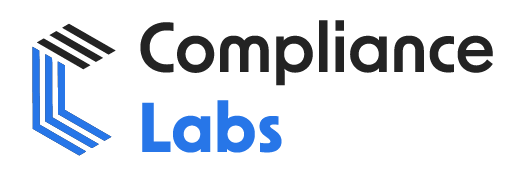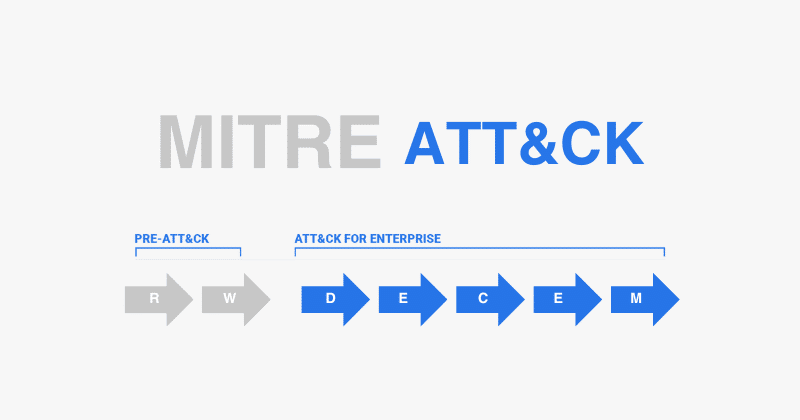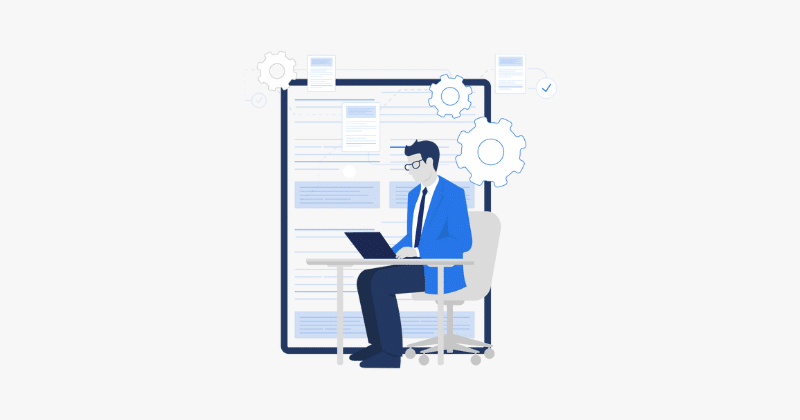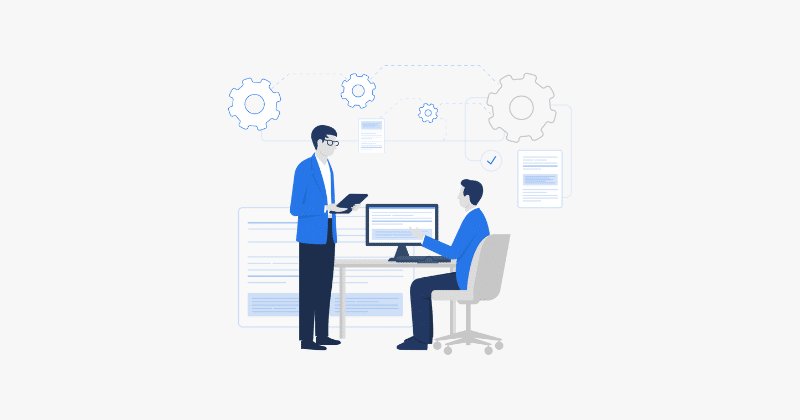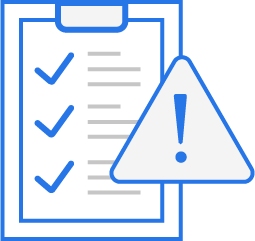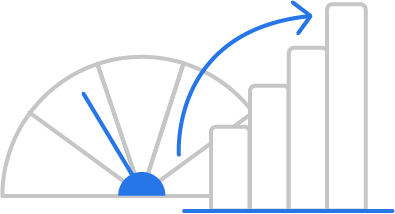Successfully navigating this complex landscape requires a cohesive, multi-layered approach – what I like to call “Staging Cybersecurity Risk.” It’s about integrating security practices, from technical work to C-suite strategic goals. Think of it like a symphony, where each section of the orchestra needs to play its part perfectly. In this article, we’ll explore how to create this alignment while diving into each level of implementation.
The Critical Importance of Integrated Cybersecurity Risks Management
The old, siloed approach to security – where technical measures are separate from overall business strategy – simply isn’t cutting it anymore. Cybersecurity risks are like a virus; they don’t just affect one system, but spread throughout your organization. They touch people, processes, and the core functions of the business. A single breach can lead to massive financial losses, operational disruptions, and damage to your brand reputation and customer trust.
The key is to understand that cybersecurity requires a top-down and bottom-up approach. That is, everyone must be involved, from ground-level practitioners implementing controls to top-level leaders setting strategy and risk tolerance. This top-to-bottom approach, or “Staging Cybersecurity Risk,” is essential for resilience in today’s digital world. It’s like building a fortress. You need to secure the foundation and the keep, not just the walls.
The Three-Tiered Approach: Understanding Risk at Each Level
To effectively align cybersecurity throughout an organization, we need to consider risk at three distinct but interconnected levels. Each level builds upon the next, like the foundation, walls, and roof of a building:
System Level: The Foundation of Technical Implementation
This is where the rubber meets the road. The system level is all about daily technical operations, the hands-on work that establishes the very base of your security. It’s about doing – implementing specific controls, actively detecting intrusions, and rapidly fixing vulnerabilities. This involves:
- Vulnerability Scanning & Patch Management: This is like giving your systems a regular health check. You need routine scans for weaknesses and consistent software patching to fix known security holes. Continuous patching, as outlined in NIST SP 800-40r4 and NIST SP 1800-31, strengthens your defenses.
- Asset Inventory & Management: Think of this like taking inventory of all your tools and equipment. It means cataloging and categorizing hardware and software by risk, and maintaining a continuous inventory including cloud resources. This aligns perfectly with the NIST Cybersecurity Framework’s Identify function, which is a requirement for a good risk management program. A comprehensive Software Bill of Materials (SBOM) is key. It provides visibility into technologies and their potential vulnerabilities.
- Endpoint Security: This is like having a bodyguard for each of your devices – workstations, laptops, servers, and mobile devices. You need tools and policies to protect against malware, data exfiltration, and unauthorized access. This also means hardening your endpoints and limiting user administrative access.
- Identity and Access Control: This is about giving only the right people access to the right things. It involves implementing least-privilege policies, Multi-Factor Authentication (MFA), and role-based access controls to limit access to critical resources. Policies for managing privileged accounts, such as those in NIST SP 1800-18, create strong access controls.
- Network Segmentation: This is like dividing your home into rooms, and each has its own security features. This will reduce the blast radius of potential attacks and enhance your overall network security.
Practical Takeaway: Strong cybersecurity starts at the system level. Solid implementation here prevents attacks and sets the stage for a robust security strategy.
Organizational Level: Aligning Security with Daily Operations
The organizational level bridges system-level controls and business operations. This ensures you embed security in your culture. This requires collaboration, communication, and documentation, and it includes:
- Risk Assessment: This is a continuous process of identifying, analyzing, and prioritizing threats relevant to your specific operations, and then putting mitigation strategies in place. It includes the impact of risks to your business functions. NIST IR 8286C expands on this concept, emphasizing the need to assess and prioritize risks.
- Incident Response Planning and Execution: Think of this as your emergency plan.It’s about creating detailed, regularly tested incident response plans. These plans outline actions during a breach and effective recovery strategies. This includes detailed plans for detecting, containing, and eradicating threats. The goal is to restore business operations with minimal impact.
- Cybersecurity Awareness and Training: This is all about educating your team and workforce on common cyber threats, best security practices, reporting procedures, and their role in maintaining the security of the organization. Awareness and training is at the heart of a strong cybersecurity culture.
- Supply Chain Risk Management: This is about managing the risks of working with vendors, suppliers, and other third parties, and making sure they also adhere to best practices. As supply chain attacks continue to rise, it’s crucial to have these processes in place. NIST SP 800-161, Revision 1 details best practices for all organizations.
- Policy and Procedures: You need clearly defined policies and procedures to meet your compliance and security needs, as well as to hold people accountable for implementing security controls.
You need to weave security into the fabric of your day-to-day operations. When people are as well-equipped as the technology, you can manage risk more effectively.
Enterprise Level: Setting Strategic Direction from the C-Suite
At the highest level, Cybersecurity risk must be part of strategic planning and decision-making. Cybersecurity is more than an IT budget item. It’s a critical business issue requiring C-suite attention.The role of the C-suite, is to set the vision, direction, and acceptable risk tolerance for the organization. The C-suite sets the tone for the entire organization when it comes to cybersecurity. It involves:
- Defining Risk Appetite & Tolerance: This is about deciding how much risk your organization is willing to accept as you pursue your strategic and operational goals. Your risk appetite will determine what risk mitigations steps are appropriate, and how much budget will be needed for controls.
- Strategic Alignment: You need to ensure that cybersecurity priorities line up with your overall business strategy and objectives, and that the cost is balanced with the potential impact of a cyberattack.
- Investment Decisions: You need to guide budget allocations for cybersecurity projects based on risk and the business’s strategic goals, ensuring the budget meets the business’s needs and acceptable level of risk.
- Executive Oversight and Reporting: The C-suite needs to actively participate in and provide oversight for cybersecurity initiatives and reviewing metrics and results from ongoing operations to ensure alignment and adequate management of risk.
- Communication: Clear communication channels need to be in place for sharing crucial cybersecurity information to all management levels, which includes both internal and external communication.
Practical Takeaway: Cybersecurity needs to be a leadership priority. The executive team must take charge and incorporate cybersecurity into the organization’s mission and business decisions.
Connecting the Dots: How the NIST Cybersecurity Framework Supports a Staged Approach
The NIST Cybersecurity Framework (CSF) v2 is like a roadmap that effectively supports this staged approach. The framework’s five core functions—Identify, Protect, Detect, Respond, and Recover—integrate perfectly into our three levels. Each function includes categories and subcategories that guide implementation. For example:
- Identify: Directly supports a strong IT asset inventory at the system level and ensures alignment with business objectives at the strategic level. It allows the organization to understand where their vulnerabilities are and how to address them.
- Protect: Establishes the technical controls to prevent incidents, puts policies in place at the organizational level, and influences budgetary decisions at the enterprise level.
- Detect: Drives the need for Security Information and Event Management (SIEM) tooling, along with the policy that those events are investigated and communicated effectively throughout an organization to ensure swift action.
- Respond: This function relies on the training and policy created at the organizational level, as well as the technologies in place to ensure effective remediation and response to any incidents.
- Recover: Leverages the technology in place, along with the policies and procedures to ensure the organization can recover from an incident effectively and meet its operational needs and business objectives.
The CSF is flexible, enabling organizations to adopt the framework based on their complexity and scale. This allows companies of all sizes to effectively manage risk.
Leveraging Threat Intelligence: The ENISA Threat Landscape Report
Embrace a data-driven approach by leveraging current threat intelligence. This helps refine priorities and ensures an adequate security posture. This data-driven approach uses the ENISA Threat Landscape 2024 report for a detailed overview of current and evolving cyber threats. It helps you prioritize the risks that are most prevalent, which enables better decision-making when creating an action plan. By using this or similar resources, you can concentrate on the greatest risks to your organization. Some key findings include:
- Ransomware as a Primary Threat: Ransomware attacks are still a huge threat that all organizations need to address, due to the huge impact they can have (data loss and disruption of operations).
- Supply Chain Attacks: The risk associated with the supply chain is constantly growing. Implementing a robust vendor management program can protect the organization.
- Social Engineering: The human element is still the weakest link in the cybersecurity landscape. Solid user awareness and training are essential to protect against these attacks.
- Data Exfiltration: The increase in data exfiltration attacks means you should implement proper controls and data classification strategies to make sure your data is well protected.
Practical Takeaway: Keep up with current and emerging cyber threats and implement a threat-informed defense to keep your organization secure.
How Compliance Labs Can Help: From Assessment to Implementation
Navigating the complexities of staging Cybersecurity risk can be daunting. Compliance Labs helps you on your journey to maturity by assisting in assessment, planning, implementation, and management across the full spectrum of requirements that need to be addressed. Our services are designed to:
- Assess Your Security Posture: We conduct detailed security assessments to identify risks at all three levels, looking into your technical infrastructure, operational procedures, and strategic planning to provide a holistic view.
- Develop Actionable Strategies: We create customized risk management strategies that align with your unique business goals and the current threat landscape, defining clear and actionable steps for your team to improve your security.
- Implement Technical Controls: From initial implementation to integration and monitoring, Compliance Labs can help implement technical controls for a layered defense.
- Build a Resilient Security Culture: We help you create a culture of security awareness and provide comprehensive and effective training for all staff, to reduce the risk of compromise.
- Ensure Continuous Monitoring and Reporting: Compliance Labs implements security monitoring capabilities and detailed reporting to identify anomalous activity and to show overall improvement in your security posture.
- Provide Ongoing Support and Guidance: Our team is committed to providing continuous support and guidance to ensure your organization remains resilient.
Looking to the Future: Addressing Staging Cybersecurity Risks in a Digital World
The cybersecurity landscape is constantly changing, so the best defense is a flexible, adaptable strategy. Organizations need to adopt this staged approach and stay up to date on the latest threats and best methods for protection, while keeping aligned with organizational objectives. By using a strong framework like the CSF and staying informed, you can become proactive in your approach to cybersecurity.
Conclusion
Staging Cybersecurity risk, from the technical level to the C-Suite, is more than a process; it’s a philosophy. It’s about recognizing that cybersecurity is integral to every part of your business and that it needs to be prioritized at every level. By taking these steps, your organization can be prepared to not just survive, but thrive in the digital age.
